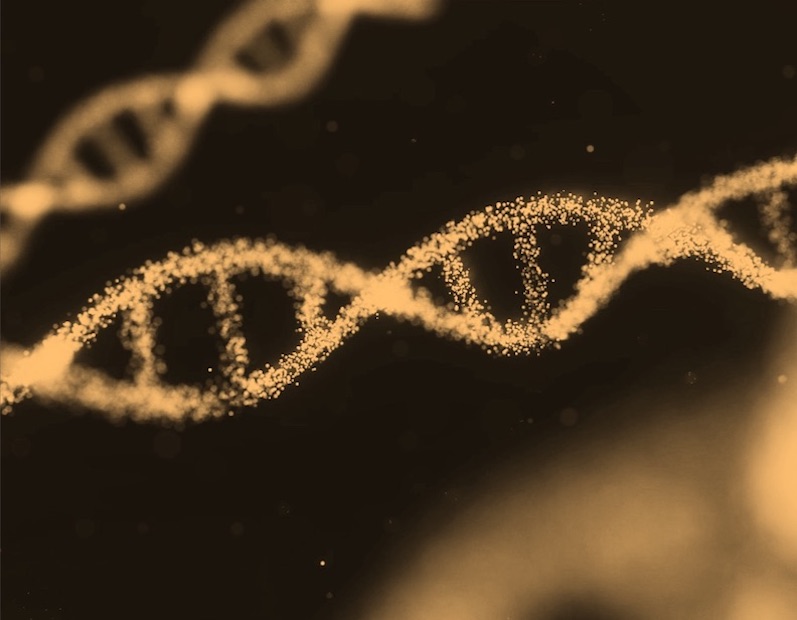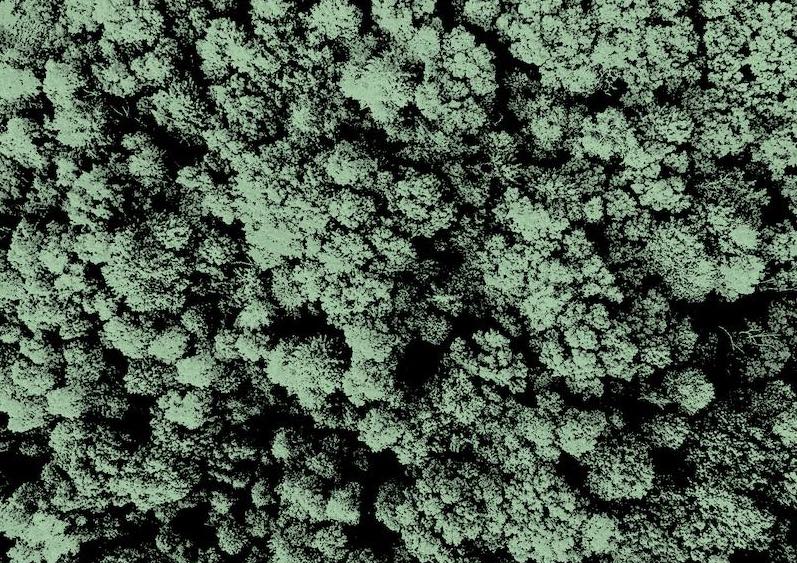What is it about?
A cluster of genes has been identified to be involved in the biosynthesis of lipopolysaccharides (LPS) in Xanthomonas campestris pv. campestris. As far as possible the functions of the biosynthetic proteins that were encoded by these genes has been elucidated.
Featured Image
Why is it important?
Xanthomonads are world-wide relevant as plant pathogens and as producers of the polysaccharide xanthan. Xanthomonas campestris pv. campestris, a pathogen affecting brassicaceae like Arabidopsis thaliana, is frequently employed as a scientific model organism to study these organisms. LPS, also known as endotoxin, is an important virulence factor, and may compete with xanthan for metabolic resources. This study gives the first systematic insight into LPS biosynthesis in xanthomonads.
Read the Original
This page is a summary of: Lipopolysaccharide biosynthesis in Xanthomonas campestris pv. campestris: a cluster of 15 genes is involved in the biosynthesis of the LPS O-antigen and the LPS core, Molecular Genetics and Genomics, September 2001, Springer Science + Business Media,
DOI: 10.1007/s004380100521.
You can read the full text:
Contributors
The following have contributed to this page







